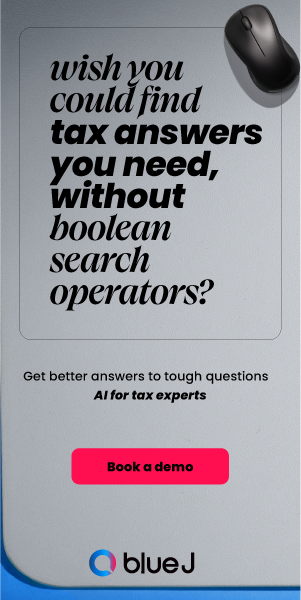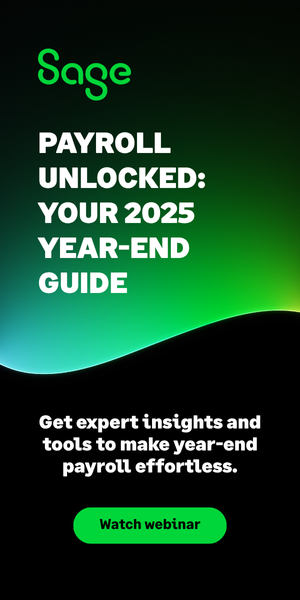Forecasting: Why accountants should get it approximately right

The King of KPIs, David Parmenter, on fast, not perfect, forecasting
AS accounting and finance professionals, we need to acknowledge that forecasting and budgeting will often, if not always, be wrong. Unlike wine, planning does not improve with the more time and effort you put into it. So let’s get it wrong quicker, albeit as close as possible to the future actuals.
Whether you're a Chartered Professional Accountant living in Canada, an accountant in my native Australia, or an accounting and finance professional living anywhere in the world, these proven management strategies will help you get your forecasting "approximately right." If you apply these foundational stones, your organization will be ready to migrate to quarterly, rolling planning.
Embrace abandonment
Austrian-born management consultant Peter Drucker frequently used the word "abandonment." He believed "A business must have a systematic policy to get rid of the outgrown, the obsolete and the unproductive." In planning, many processes are carried out, year-in and year-out, simply because they were done the previous year.
Forecasting at a category level
Looking at detail does not help you see the future better. In fact, I would argue that it screens you from the obvious. A forecast should concentrate on the key drivers and large numbers rather than a myriad of numbers gathered at account-code level.
Do you need a target or budget at account-code level to control costs? If we have good trend analysis of actuals captured in a reporting tool we can easily identify costs that are out of control. Why not group account codes together until they represent over 10 per cent of total annual expenditure (i.e., "the 10% rule") and forecast the consolidated number?
Separating targets and realistic forecasts
Generating realistic forecasts and annual plans rather than forecasts that the board or senior management wants to achieve is vital. The board might want a 20 per cent growth in net profit, yet management might see that only 10 per cent is achievable with existing products, customers and capacity constraints.
If you. as a leader of the forecasting team, simply reports what the board wants to hear, you are simply hiding the truth, and important, strategic thinking will not happen.
Use high-level multiple views when forecasting revenue
As James Surowiecki, the author of The Wisdom of Crowds, points out, "a large group of people are often smarter than the smartest people in them." You can apply this sort of thinking to forecasting as well.
Sales need to be forecast by major customer and major products instead of sales by product and by branch. The rest of the customers and rest of the products should be put into meaningful groups and modelled based on the historic relationship to the major customers' buying patterns. The high-level revenue forecast can then be the average of multi-views of the annual revenue forecast.
Remove the annual entitlement to spend
The "annual entitlement" to funding is the worst form of management we have ever presided over. The annual plan should merely be an indication, the funding being based on a quarterly rolling basis, a quarter ahead each time. By forcing budget holders to second-guess their needs in this inflexible annual regime you enforce a defensive behaviour, a stock piling mentality and dysfunctional behaviour.
Use a planning tool
Spreadsheets have no place in forecasting, budgeting and reporting routines because of their susceptibility to error. If you build a spreadsheet over 100 rows, you expose yourself, your finance team and your organization to risk. I always ask the accountants in my workshops, “Who has a massive spreadsheet written by someone else that makes you want to pray before using it?” You can see the pain in the instant response.
Soon, a career prerequisite is likely to be planning tool experience; conversely, being a "spreadsheet guru" is likely to be career-limiting. For another area of management accounting that often fails to deliver on its potential, read my article, "The five mistakes accounting leaders make in setting KPIs," on Canadian Accountant.
Next Steps
- Abandon the broken forecasting and budgeting processes now.
- Forecast using the 10% category rule.
- Use "wisdom of the crowd" thinking for your high-level revenue forecasting.
- Commence your journey to acquiring a planning tool.
And email me for a chapter from “The Financial Controllers and CFOs’ Toolkit,” on how you can perform an annual plan in two weeks, including negotiations and quality assurance.
David Parmenter is a writer and presenter on measuring, monitoring and managing performance. He is the author of Key Performance Indicators and Winning CFOs. Contact David by email or visit DavidParmenter.com.








(0) Comments